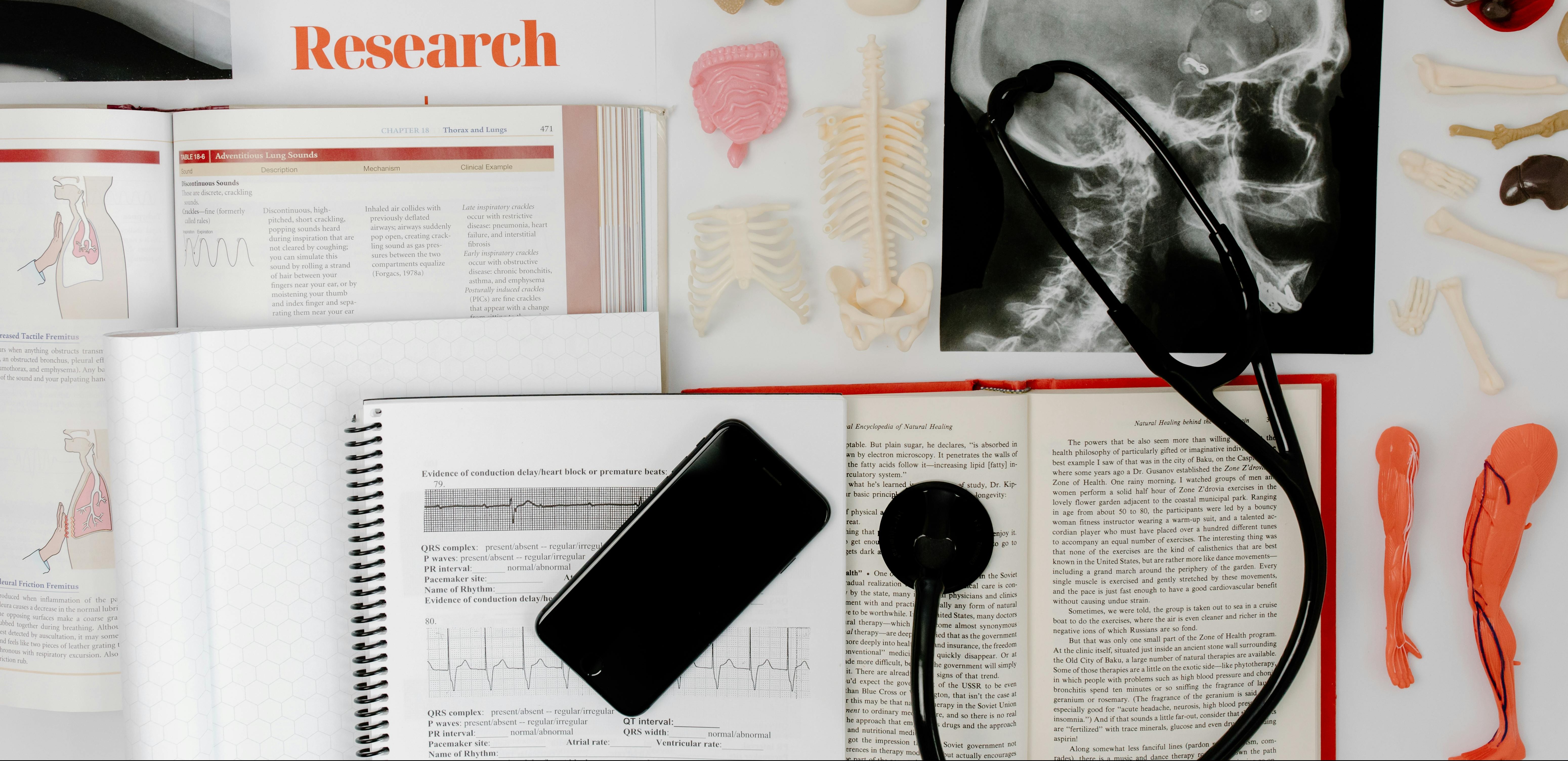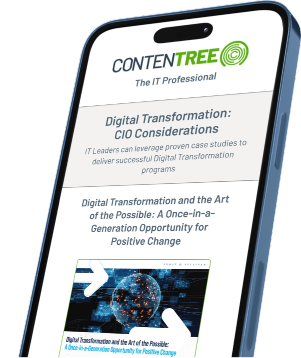
Healthcare is one of the most demanding and fast-changing industries. New treatments, new technologies, and new regulations appear every year. It’s essential for healthcare professionals to keep up with the pace.
This is why healthcare learning and development has become a top priority for hospitals, clinics, and care organizations. Investing in learning and development in healthcare ensures that staff are well-prepared to deliver safe, effective, and patient-centered care.
It also helps organizations remain compliant with evolving standards and regulatory requirements. The right tools make this process faster, more effective, and easier to manage.
Why Learning and Development Matters in Healthcare
Healthcare organizations face unique challenges. Training is not only about skill-building. I’s about protecting patients, improving outcomes, and meeting legal standards. A missed step in training can result in compliance violations or even patient harm.
Learning and development healthcare programs bridge this gap. They provide structured ways to keep staff updated on procedures, clinical protocols, and patient care techniques. Beyond compliance, ongoing learning also supports employee retention. Healthcare workers who feel supported and engaged in their growth are more likely to stay with their employers, reducing costly turnover.
Another factor is patient trust. When patients know that healthcare professionals are trained in the latest practices, confidence rises. This leads to better patient satisfaction and stronger relationships between providers and the communities they serve.
Key Trends in Healthcare Learning and Development
The past few years have reshaped the way learning is delivered in healthcare. Several trends stand out: hybrid and online learning have become common, giving staff flexibility to train anytime, anywhere.
AI-driven learning is being used to recommend personalized paths, making training more relevant to each role. Mobile-first platforms now deliver training on smartphones and tablets, supporting staff in clinical environments.
Integration with HR systems connects training directly to workforce planning, performance reviews, and scheduling. These trends show that learning and development in healthcare is moving away from static classrooms. Instead, it is becoming a dynamic, technology-driven process that adapts to the pace of modern healthcare.
Top Tools for Learning and Development Healthcare Programs
A wide range of platforms now support healthcare learning and development. Each has its strengths, depending on the size and needs of the organization.
HealthStream
HealthStream is widely adopted by hospitals and healthcare systems. It focuses on compliance training, credentialing, and clinical content. Organizations use it to ensure every staff member meets regulatory requirements. It offers a large library of healthcare-specific courses, making it easy to deploy standardized learning across departments.
Cornerstone OnDemand
Cornerstone is a strong option for enterprise-level learning management. Its healthcare edition supports personalized learning paths and detailed reporting. It helps leaders track progress against compliance goals while also fostering professional development. Many healthcare organizations value tehir ability to connect training directly to workforce planning.
Docebo
Docebo is a cloud-based platform that supports flexible learning environments. It uses AI to recommend content and create personalized paths for learners. This makes it well-suited to healthcare teams with diverse roles and specialties. The platform also integrates with other systems, which streamlines management for large organizations.
Relias Learning
Relias specializes in healthcare training and compliance. Its content library is focused on accredited courses for clinical and non-clinical staff. This makes it a natural fit for hospitals, long-term care providers, and community health organizations. Relias is often praised for its healthcare-specific focus, which reduces the need for customization.
SAP SuccessFactors
For large healthcare enterprises, SAP SuccessFactors offers a full suite of workforce and learning management tools. Its training modules integrate with HR systems to connect learning with performance and workforce planning. This is particularly useful for organizations that want to align development with long-term strategy.
How to Choose the Right Learning and Development Healthcare Platform
With so many tools available, the selection process comes down to organizational needs. Here are some key steps to follow: define your goals—whether your priority is compliance, upskilling, or onboarding, each platform offers different strengths.
Check integrations to ensure the platform connects with HR, scheduling, and clinical systems already in use. Evaluate ease of use since healthcare teams are busy and training platforms must be simple for staff to use.
Prioritize flexibility with mobile access and hybrid learning to accommodate varied schedules. Review scalability to ensure the platform grows with your organization. Choosing a tool is not just about features. It’s about aligning the platform with your strategy for learning and development in healthcare. A well-matched system saves time, reduces compliance risks, and makes staff feel more engaged.
The Future of Learning and Development in Healthcare
The role of learning in healthcare will only grow stronger. As new treatments, technologies, and care models emerge, continuous education will remain the backbone of safe and effective care. Digital platforms will continue to expand, offering smarter recommendations, more interactive training, and deeper analytics.
Healthcare leaders should view learning and development not as a one-time investment but as an ongoing commitment. This commitment pays dividends in improved compliance, higher employee satisfaction, and most importantly, better patient care.
Conclusion
Healthcare learning and development is more than a checkbox for compliance. It is the foundation of patient safety, staff satisfaction, and organizational resilience. By choosing the right tools and making training a continuous priority, organizations can build stronger teams and deliver better care. For healthcare professionals, ongoing learning is not just about keeping up—it’s about leading the way in a field that never stops evolving.

